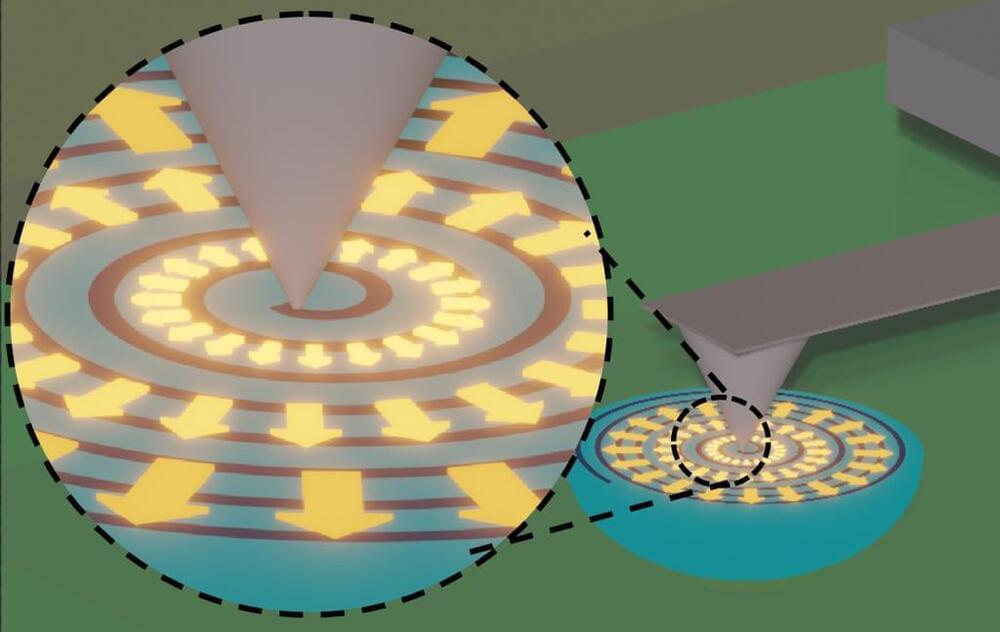Next-generation technologies, such as leading-edge memory storage solutions and brain-inspired neuromorphic computing systems, could touch nearly every aspect of our lives — from the gadgets we use daily to the solutions for major global challenges. These advances rely on specialized materials, including ferroelectrics — materials with switchable electric properties that enhance performance and energy efficiency.
A research team led by scientists at the Department of Energy’s Oak Ridge National Laboratory has developed a novel technique for creating precise atomic arrangements in ferroelectrics, establishing a robust framework for advancing powerful new technologies. The findings are published in Nature Nanotechnology (“On-demand nanoengineering of in-plane ferroelectric topologies”).
“Local modification of the atoms and electric dipoles that form these materials is crucial for new information storage, alternative computation methodologies or devices that convert signals at high frequencies,” said ORNL’s Marti Checa, the project’s lead researcher. “Our approach fosters innovations by facilitating the on-demand rearrangement of atomic orientations into specific configurations known as topological polarization structures that may not naturally occur.” In this context, polarization refers to the orientation of small, internal permanent electric fields in the material that are known as ferroelectric dipoles.









Leave a reply